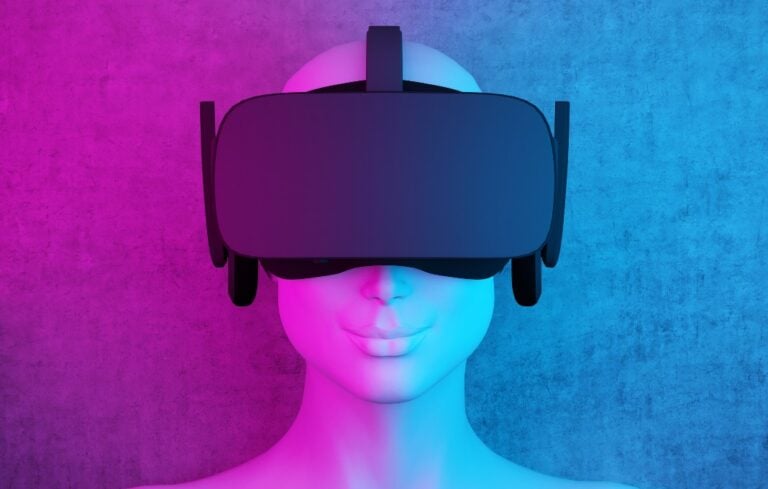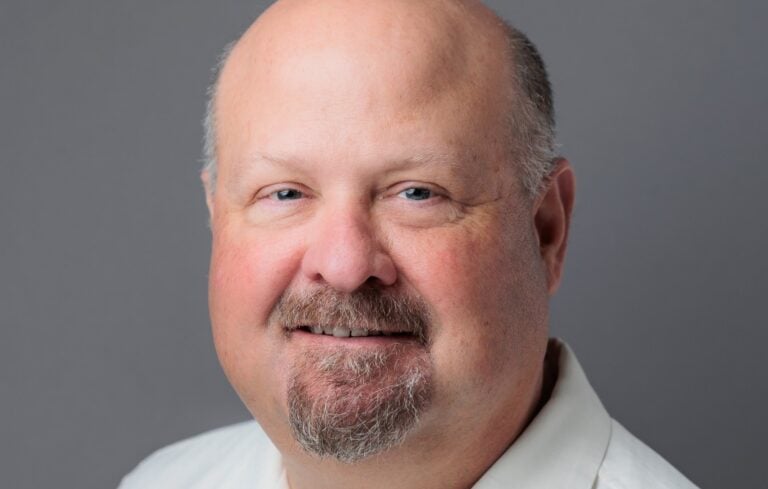

While Tesla was moving ahead of the competition without spending a dime, a Midwestern giant marketing machine was watching closely. They recognized this was a game changer that would influence everything they did going forward.
Only it wasn’t a competitor in Detroit. These guys were in Cincinnati.
In 2014, Proctor & Gamble announced they needed to become a more nimble company and the strategy they chose was to drop over half their brands. But another way to interpret that is they were dropping half their brand spending.
“P&G’s strategy for building brands hadn’t changed much since they launched Ivory Soap in 1874.”
When they announced the shift, chief executive A.G. Lafley said: “P&G will shed as many as 100 brands.” He added, “I’m not interested in size at all. I’m interested in whether we are the preferred choice of shoppers.”
P&G’s strategy for building brands hadn’t changed much since they launched Ivory Soap in 1874. They were the first to discover the consumer could be targeted based on brand values, with what adman Rosser Reeves called USP or “unique selling proposition.”
The trick that made Ivory worth knowing about was it would float. Other soaps simply sank to the bottom. Why this was important rests on a fact most may not realize, people in the 1800s took baths in rivers and streams. If your soap floated to the top while scrubbing in a stream, it was a really big deal.
But the only way to get the word out was advertising, first in print and later on national television. This continued to exist until the digital era when media and information habits changed so significantly. That was when marketers first began to think the old ways weren’t working so well. Then they saw Tesla skip advertising altogether.
It was time to change.
Today, a thoughtful consumer doesn’t read Consumer Reports or a review in the local newspaper for the latest product information. They simply turn to Yelp or Amazon for a world of brand switching encouragement or confirmation. Digital rankings have the power, and distributed via social media and the Internet, the average consumer is practically a consumer goods genius.
Even P&G’s Chief Brand Officer, Marc S. Pritchard, is a true believer: “The potential to create business value is significant — with precision targeting, automated buying, selling and distribution, user-generated communication, and amplification of earned media. It is both more efficient and more effective than any medium P&G worked with in the past.”
Whether anyone outside of Silicon Valley can be adept at these fast moving technologies is another question. Not only because they are new, but because they are algorithmic-based and AI informed. They also are intuitive, adaptive and highly transformative. Even the best brand minds in the world don’t know where it is headed.
P&G’s Pritchard claims: “We’ve all been understandably racing to master the new technologies in this ever-changing machine, but I have a little secret for you: we will never master all these technologies. As long as we try, we will forever be on our heels. I try to simplify by taking the mystery out of the new world and telling our people to look beyond the obsession of technology and turn our attention to what really matters — the consumer experience.”
His comment on the ‘consumer experience’ sounds suspiciously like something Elon Musk would say. One result of the change in focus to digital and analytical marketing is the death knell of anything ‘traditional’.
P&G recently announced it was cutting the number of ad agencies on its roster by 50% to increase efficiencies around promotional spending. The mantra they are chanting is, “We are on a mission to become “simpler and more focused. Three years ago, we spent nearly $8 billion in advertising, including more than $2 billion in agency fees and the cost to produce advertising and marketing-related material.”
Marketing has changed fundamentally and forever.
While big budget, Super Bowl type advertising will always be a factor in creating a mega brand, the consumer has abandoned the playing field in other ways. They have just stopped caring about ads in the same way they seem to have stopped caring about network news and television reruns. While journalism is already in decline, this could push it over the cliff. Will Facebook and Twitter step in to fill the gap? They are trying to, with numerous quality and anti-trolling projects to their credit. But the media landscape will change because viewership by the consumer is the venture capitalist of entertainment and news.
For someone like Tesla’s Musk, that is a good thing. He not only knows how to manipulate new media, he knows how to build brands without spending a cent on traditional marketing, which is why he’s P&G’s marketing guru.
For the rest of us watching at home, as P&G’s Pritchard said, “we will never master these technologies, we will be forever on our heels.” At least we can take some comfort that the best branding minds in the world gathered together in Cincinnati feel as confused as we do.
Read more about Elon Musk, the advertising guru, here.




Chief Executive Group exists to improve the performance of U.S. CEOs, senior executives and public-company directors, helping you grow your companies, build your communities and strengthen society. Learn more at chiefexecutivegroup.com.
0

1:00 - 5:00 pm
Over 70% of Executives Surveyed Agree: Many Strategic Planning Efforts Lack Systematic Approach Tips for Enhancing Your Strategic Planning Process
Executives expressed frustration with their current strategic planning process. Issues include:
Steve Rutan and Denise Harrison have put together an afternoon workshop that will provide the tools you need to address these concerns. They have worked with hundreds of executives to develop a systematic approach that will enable your team to make better decisions during strategic planning. Steve and Denise will walk you through exercises for prioritizing your lists and steps that will reset and reinvigorate your process. This will be a hands-on workshop that will enable you to think about your business as you use the tools that are being presented. If you are ready for a Strategic Planning tune-up, select this workshop in your registration form. The additional fee of $695 will be added to your total.

2:00 - 5:00 pm
Female leaders face the same issues all leaders do, but they often face additional challenges too. In this peer session, we will facilitate a discussion of best practices and how to overcome common barriers to help women leaders be more effective within and outside their organizations.
Limited space available.

10:30 - 5:00 pm
General’s Retreat at Hermitage Golf Course
Sponsored by UBS
General’s Retreat, built in 1986 with architect Gary Roger Baird, has been voted the “Best Golf Course in Nashville” and is a “must play” when visiting the Nashville, Tennessee area. With the beautiful setting along the Cumberland River, golfers of all capabilities will thoroughly enjoy the golf, scenery and hospitality.
The golf outing fee includes transportation to and from the hotel, greens/cart fees, use of practice facilities, and boxed lunch. The bus will leave the hotel at 10:30 am for a noon shotgun start and return to the hotel after the cocktail reception following the completion of the round.